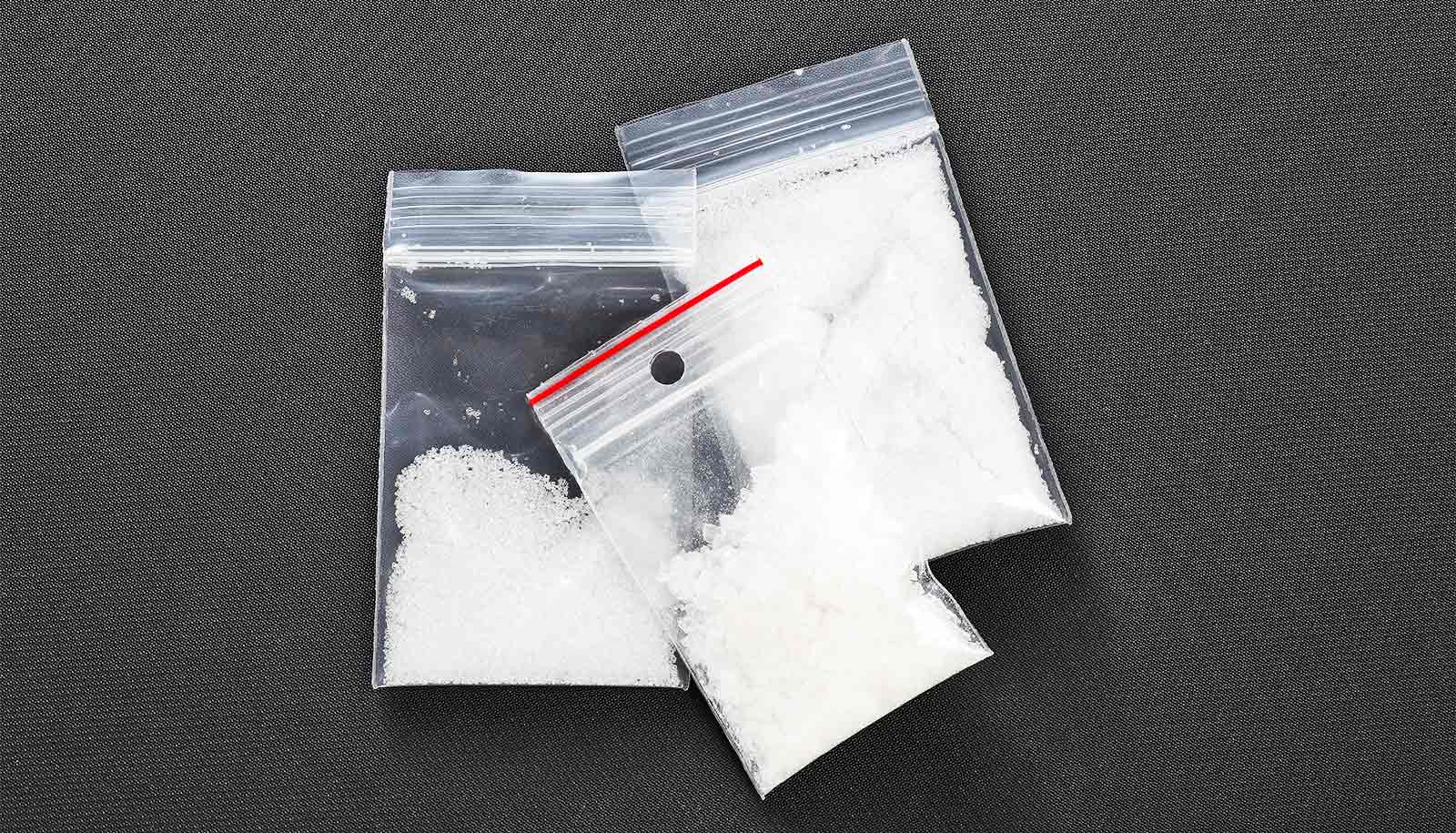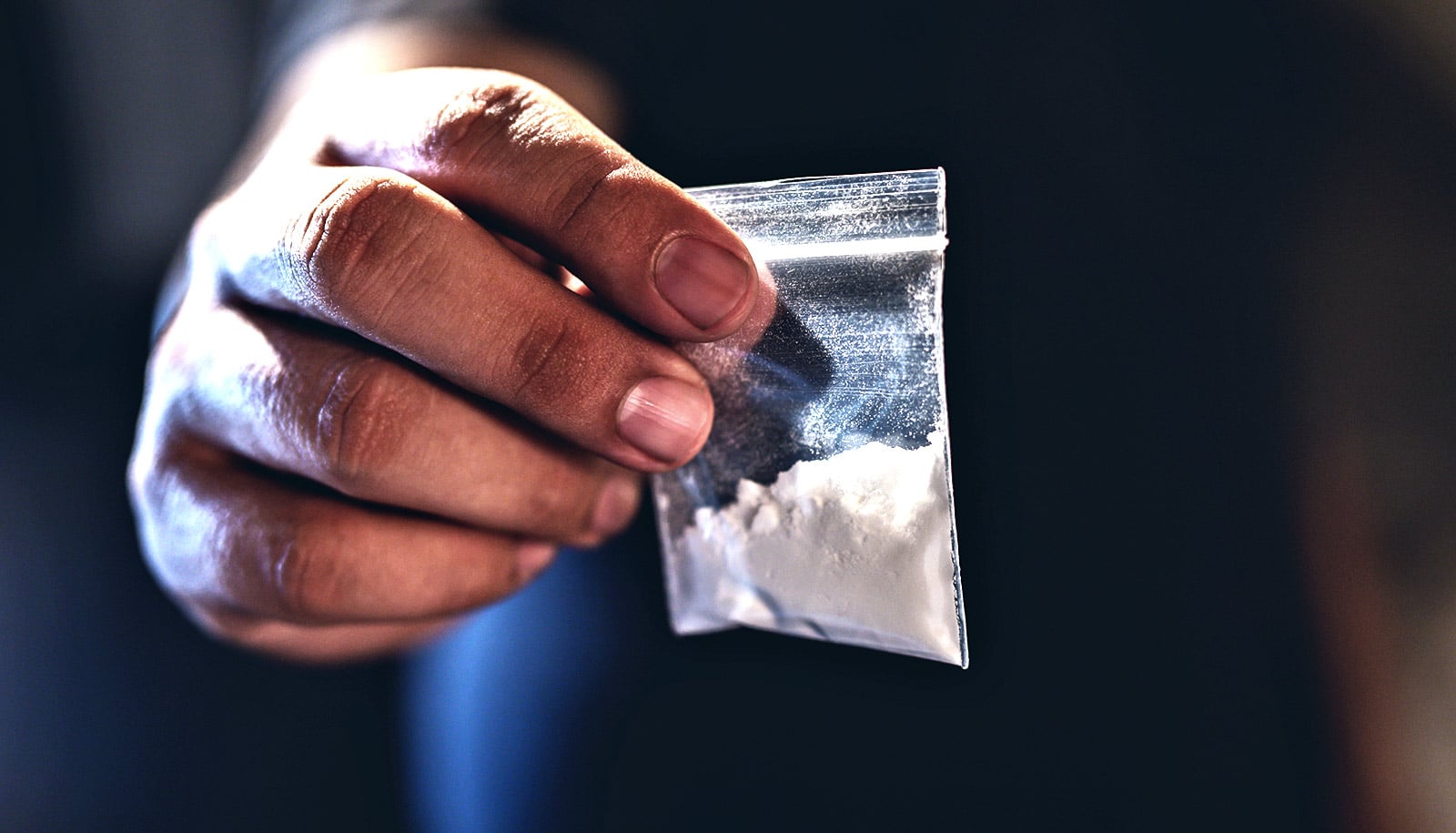Researchers have developed a new generation of high-performance DNA aptamers and highly accurate drug sensors for cocaine and other drugs.
The sensors are drug specific and can detect trace amounts of fentanyl, heroin, and cocaine—even when these drugs are mixed with other drugs or with cutting agents and adulterants such as caffeine, sugar, or procaine.
The researchers say the sensors could have far-reaching benefits for health care workers and law enforcement agencies.
“This work can provide needed updates to currently used tests, both in health care and law enforcement settings,” says Yi Xiao, associate professor of chemistry at North Carolina State University and corresponding author of two studies describing the work.
“For example, drug field testing currently used by law enforcement still relies on chemical tests developed a century ago that are poorly specific, which means they react to compounds that may not be the drug they’re looking for,” Xiao says.
“And the existing aptamer test for cocaine isn’t sensitive and specific enough to detect clinically relevant amounts of the drug in biological samples, like blood. The sensors we developed can detect cocaine in blood at nanomolar, rather than micromolar, levels, which represents a 1,000-fold improvement in sensitivity.”
In a pair of studies appearing in the Journal of the American Chemical Society and JACS Au, Xiao led a team that developed aptamer-based sensors for cocaine, heroin, codeine, fentanyl, and other illicit drugs.
An aptamer is a short single strand of DNA or RNA that will bind to a specific molecule with high affinity, meaning that it won’t bind to molecules other than the one of interest. The researchers begin the search by adding the molecule of interest—cocaine, for example—to mixture of hundreds of trillions of randomized DNA sequences. Then they see which aptamer binds to the molecule.
“We refer to the process as ‘bio-panning,’ since it is a lot like sifting through river sediment to find gold,” says Obtin Alkhamis, an NC State graduate student and coauthor of both papers. “Once we separate the target-bound strands from non-bound strands, we rigorously test that aptamer against other interfering compounds to ensure that it is specific only to the compound of interest.”
The researchers then tested the compound-specific aptamers against pharmaceutical mixtures, tablets, and blood, to determine whether they could identify certain drugs in the samples.
Xiao’s team used the cocaine aptamer to detect cocaine in blood serum at levels of 10 nanomolar (equivalent to 30 nanograms per milliliter or 30 parts-per-billion), a 1,000-fold improvement over the best prior aptamer test which can only detect 10 micromolar cocaine in 50% serum.
Additionally, collaborators at the University of California Santa Barbara, were able to incorporate the aptamer into an electrode that could measure drug concentration in situ in the blood (in a vein) of rats in real time every 10 seconds over a two-hour time period. This is the first study able to measure the pharmacology of a drug of abuse with time resolution measured in seconds.
The opioid-specific aptamers were incorporated into colorimetric assays that can specifically detect opioids like heroin and oxycodone in solution at levels as low as 0.5 micromolar (μM). A colorimetric assay is a test that changes color when the compound of interest is detected. These assays were also able to detect opioids in complex chemical matrices within seconds—including pharmaceutical tablets and drug mixtures.
For comparison, the “Marquis test,” a standard test used by law enforcement officials and forensic laboratories, could not detect opioids in chemical mixtures.
The researchers believe that these aptamer sensors have useful applications for health and public safety.
“The aptamers can be mass produced, have a long shelf life and are easily chemically modified, which means they can be utilized for any type of sensor you develop,” Xiao says. “So they could be incorporated into testing strips for officers in the field, for use at home, or for human patients in a physician’s office.”
“Since they detect drugs at clinically relevant levels, you could potentially do a blood drop test in the ER to immediately determine what a patient may have taken, without a full blood draw and lab testing,” Alkhamis says. “The possible uses are really exciting.”
The National Institute of Justice, the National Science Foundation, and the National Institutes of Health supported the work.
Source: NC State



